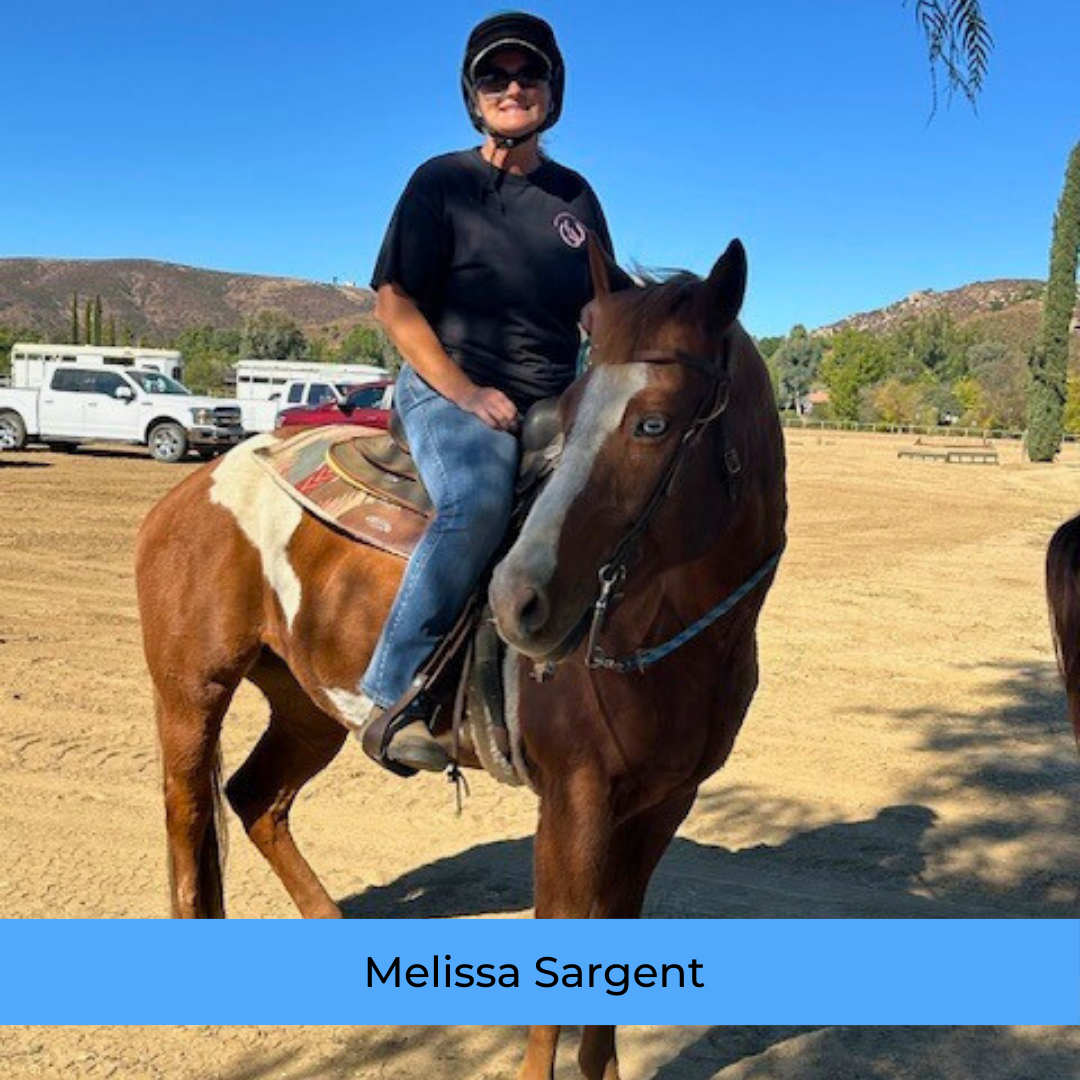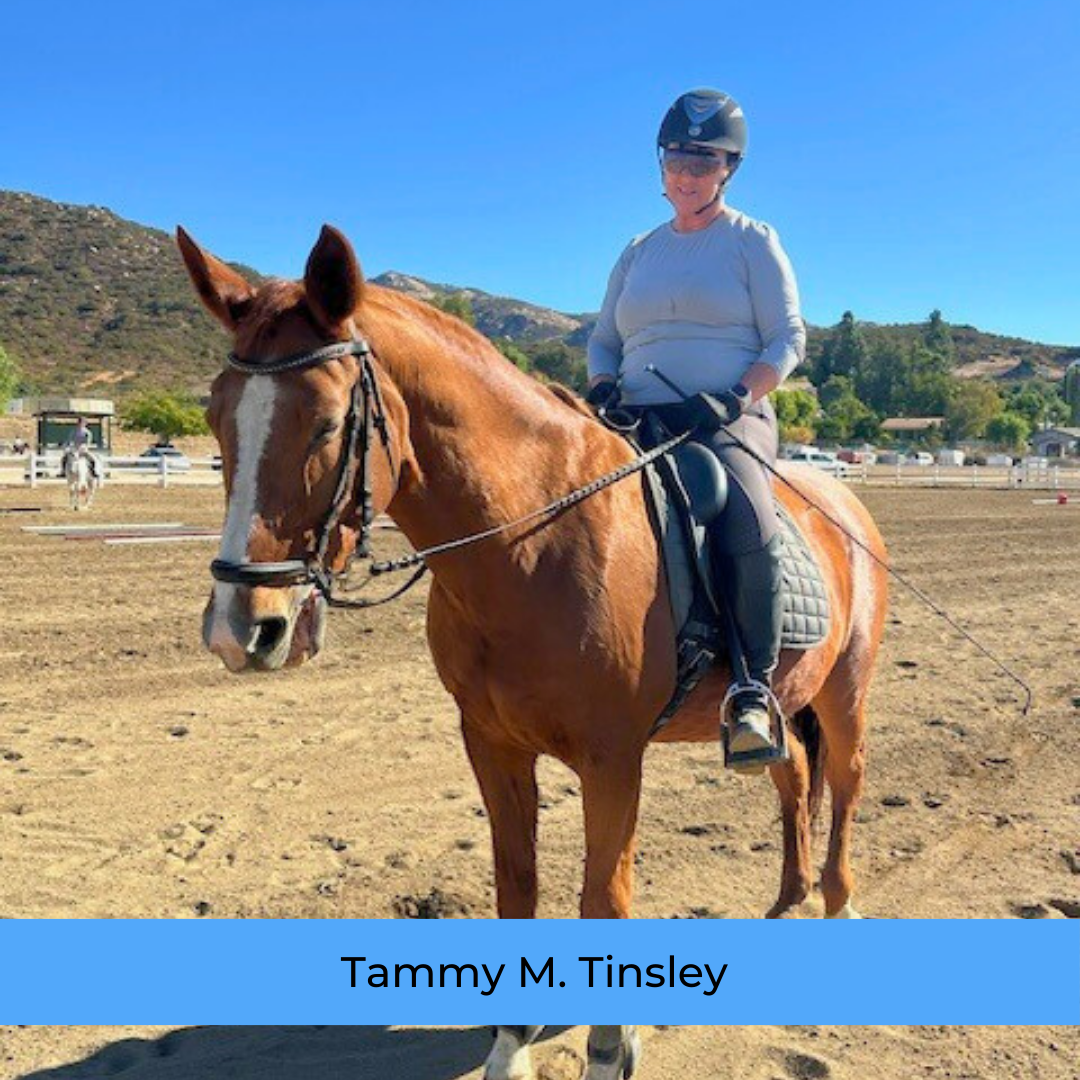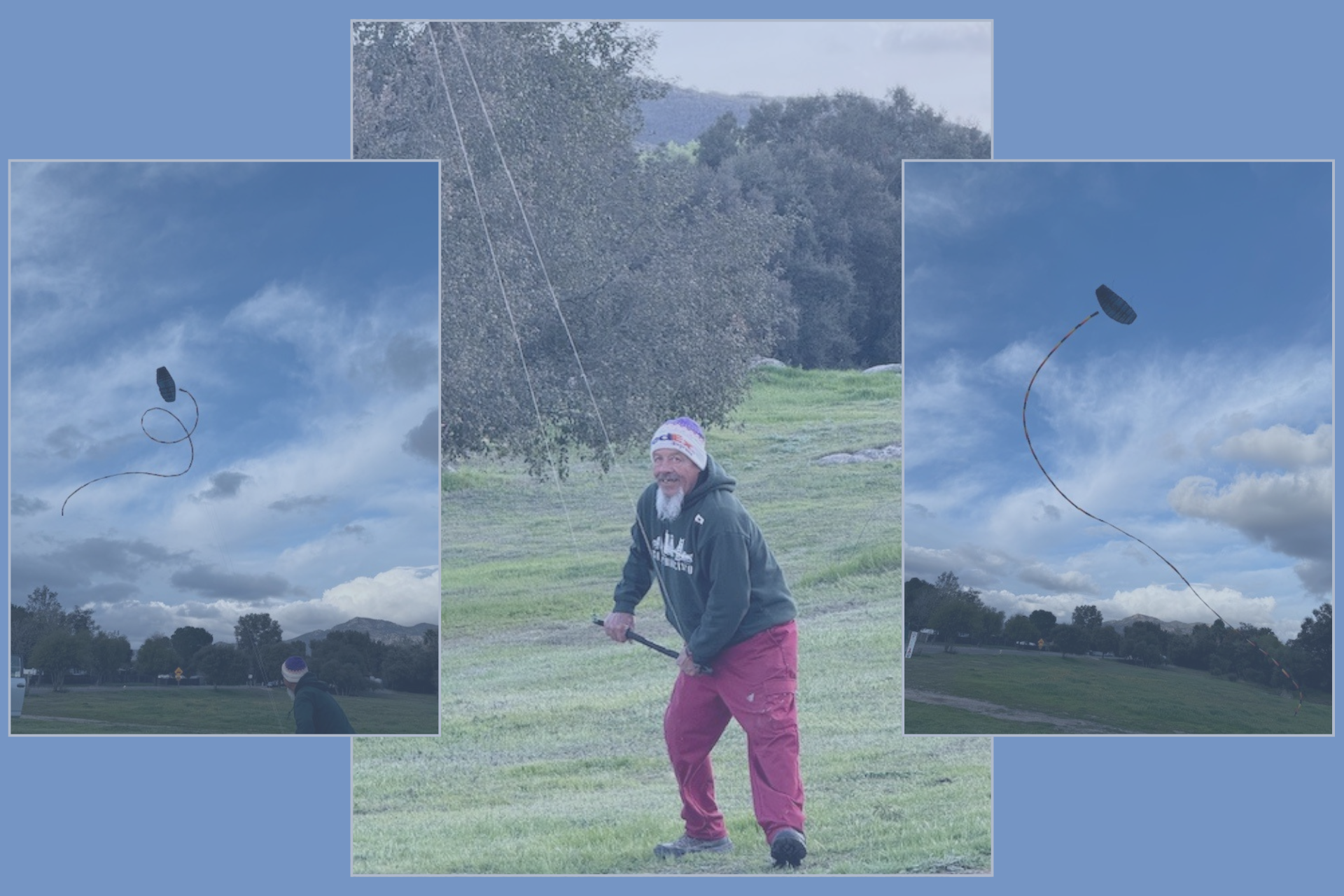Building Trust Step by Step
Last weekend, riders and their horses enjoyed a clinic structured to refine fundamental skills using cavaletti work on horseback. Cavaletti is a fun and engaging way for both horse and rider to build confidence and balance together, no matter what discipline the rider chooses.
The "pole dancing" on horseback was hosted by Sherie Levine at the Cavaletti Clinic and Wine Tasting/Lunch at the International Equestrian Center on Saturday, November 9. The price was $125 per rider, which included cavaletti instruction, catered lunch, and wine tasting. Non-riders could attend for $65 and enjoy the wine tasting and lunch. Each participant was asked to bring one bottle of wine, not to exceed $25.
Levine has been hosting clinics for many years, including fundraisers for the American Cancer Society. Her clinics include Drille, Dressage from the Judge's Point of View, Spring Refresh, and Cavaletti - for both junior and adult riders. "I do a wine-tasting lunch every year. Sometimes, I teach Drille; this time, I'm doing cavaletti. It's all so much fun, and everyone is always excited about it," she says. At this clinic, she encouraged all riding disciplines to participate. This particular clinic was for adults only, but she taught a Jr. Rider Cavaletti Clinic a few months ago, which was very successful.
Cavaletti is a horse training tool consisting of raised rails or small jumps that can be used in various ways. The word "cavaletti" comes from the Italian word for "horse" and translates to "little horse." Cavaletti work has a physical element: strengthening the muscles while promoting cadence, increased expression, and more reliable rhythm. It also has a mental element: Cavalletti work requires the horse to think actively and to choose to cooperate with its rider.
The beauty of cavaletti is that it helps every horse; it allows the horse and rider pair to progress at their own pace. Each rider has a different goal, and every horse and rider pair will be at a different level and skill set. Some horses need more reassurance and patience, and many riders need that as well. It teaches communication, partnership, and focus, in addition to the physical advantages.
Levine is an approved Instructor and Coach for the San Vicente/Ramona Vicente Pony Club and has been part of the United States Pony Club/Southern California Region for over 15 years. She offers private, semi-private, and group lessons in Dressage (English and Western), Show Jumping, Drille, and General Horsemanship. All instruction is designed to develop confidence and harmony in both horse and rider and maximize a positive relationship and trust. She says dressage is her first love because it teaches a skill set that is transferable to all riding disciplines. "You have to have a sense of humor because though horses are magical creatures, they are also very humbling."
She also coaches at competitions and does a lot of work with jumpers and endurance riders. Levine has coached and trained award-winning students and riders, including USDF Bronze Medalist, USDF Silver Medalist, Scholastic Equestrian League Champion, and Scholastic Equestrian League Reserve Champion. "But the most important accomplishment is consistently assisting equestrians of all disciplines to create a harmonious bond with their equine partners," she says.
Rider, Melissa Sargent, and her daughters have been training with Levine for five years. Sargent says Levine is fun and teaches in great ways. She likes that cavaletti makes the horse move in different ways, and the rider can feel it in their body.
Rider, Tammy M. Tinsley, trains at the International Equestrian Center daily. She has trained with Levine in dressage for the past ten years. "We love Cavaletti," says Tinsley. "It's really good to build our core strength and confidence. She added that it helps her, and her horse become sharper together, and it helps the horse pay attention.
Another rider, Nora Miller, has been a San Diego Country Estates Homeowner since 1987 and takes lessons with Levine. She is primarily a dressage rider and says cavaletti is good for suspension and helps train the horses to pick up their feet. She added that it teaches riders to trust their horse, and it's beneficial for the horses' minds to do something different.
Levine usually organizes two to three clinics a year and is working on something special that she hopes to launch in early Spring. She limits the entries to 10 riders in two groups, so everyone gets the right amount of attention, as a group and individually. "And I am grateful to say I have a waiting list," she says.
Be on the lookout for more clinics hosted by Levine so you can join other riders and horses in benefiting from her instruction.
Photos Tiffany Pressler.










